
We talk a lot about organic fabric around here. As with everything eco-friendly, you have to be careful with what you’re purchasing. Greenwashing is becoming more and more common, and certifications can be a huge help to the savvy shopper.
One common fabric certification that we see on organic cotton is GOTS….but what does this certification mean?
GOTS stands for Global Organic Textile Standard, and according to the GOTS website companies seeking this certification have to meet a number of different requirements for criteria covering “production, processing, manufacturing, packaging, labeling, exportation, importation and distribution of all natural fibre products.”
Since GOTS is an internationally-recognized certification, you’ll probably see it on a lot of the organic fabrics, yarns, and clothing that you run across, and it’s definitely a trustworthy label. Here are some of the specific requirements:
- The material must be at least 95% organic, as certified by “recognised international or national standards.” If the material is 70% organic, it can be labeled as “made with organic.”
- The material needs to be processed separately from conventionally-grown fiber.
- Inputs like dyes and oils need to be biodegradable and free of harsh chemicals like phthalates, PVC, synthetic sizing agents, and chlorine bleach, and they must keep full records of any chemical inputs to their manufacturing process.
- The fiber cannot come from a genetically modified organism.
- Facilities must maintain minimum fair labor practices from the International Labor Organization.
- Farmers and producers need to be certified, and those certifiers have to be accredited GOTS or hold an internationally recognized accreditation.
- Fabric and products must meet high standards for residue testing.
GOTS updated their guidelines in 2008, raising the environmental requirements and adding the rules about fair labor. Leather and leather products are not eligible for GOTS certification.
Looking for a particular GOTS-certified product? They now have a handy public database where you can do just that based on all sorts of search criteria!
Image Credit: Creative Commons photo by theogeo
[h/t Natural Home Magazine]

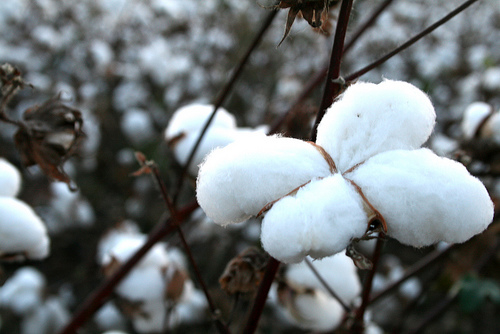

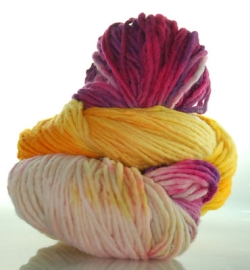
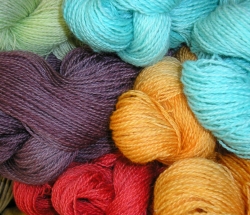
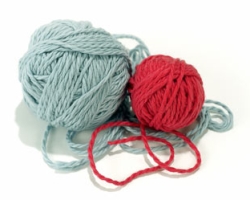
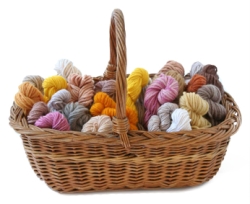
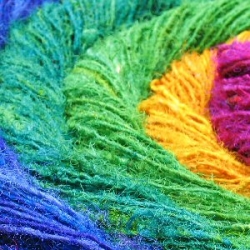
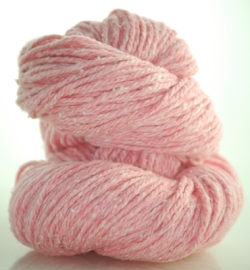
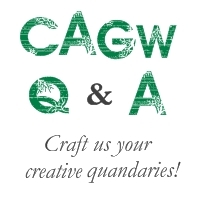
When did buying ‘natural’ products become so complicated? Thanks for the info, I’ll be paying closer attention to these requirements. I’m glad to see fair labor practices are included. It’s also an important consideration for consumers.Carole
I’m curious what they consider to be “genetically modified.” Technically, since the cotton we grow isn’t as it was when it was wild, that’s always going to be “genetically modified” in my book. Genetic modification of organisms began before humans knew about genes.
This is all very interesting yet as Carole stated, very complicated as well. Though I am sure the GOTS certification requires all the above to be in place before it is issued to a company or manufacturer, I wonder if the standards are efficiently enforced and who stands to profit and gain in the process along the way. Seems everybody is a little more hungry these days, including the major agencies that fall under the Nat’l Council of Textile Organizations. No doubt, there are many hands in the pot of GREENS.
Pingback: Fab Fabric? Recycled PET or rPET : Crafting a Green World
Pingback: Crafting a Green World » Blog Archive » Fab Fabrics: Retro Organic Cotton from Birch Fabrics
Pingback: Fab Fabrics: Retro Organic Cotton from Birch Fabrics
I really appreciate your post and you explain each and every point very well.Thanks for sharing this information.And I’ll love to read your next post too.
Regards:
NABH
Pingback: How to Make a Skirt | Glue and Glitter
Oraxia…Genetically modified means that the organisms have been altered from being what they are (their genes). You are talking about selection and environmental influences that alter the behavior of genes over time. This is far different – the difference between evolution and putting a human head on an orangutan.
Pingback: Buy Handmade: Eco-friendly Indie Fabrics | Glue and Glitter
Pingback: Buy Handmade: Eco-friendly Indie Fabrics | Glue and Glitter
Pingback: Organic Cotton | Crafting a Green World
There is a great site about this in the UK http://www.cottonedon.org –
it explains the basics in a user friendly way for a wider audience,
thanks for helping to get the message out,
Jen
Great article…. While its much easier to latch onto food being organic, the cotton and textiles will take longer… but organic textiles are important too! Till more people are aware about what this entails, it will be difficult to convince them to go organic….
More on GOTS here… http://www.esvasa.com/?q=Global-Organic-Textile-Standard-GOTS